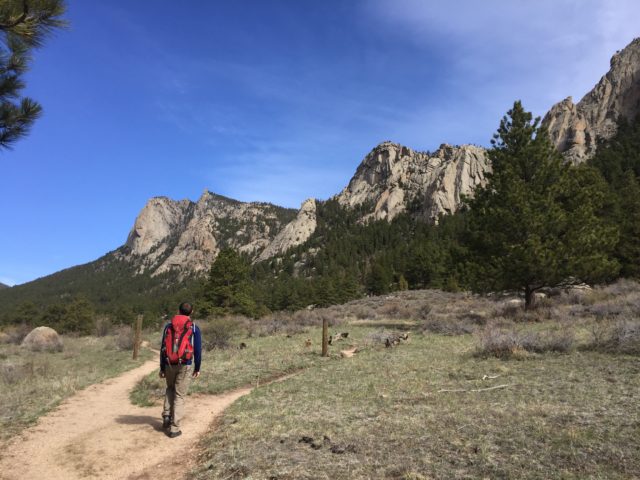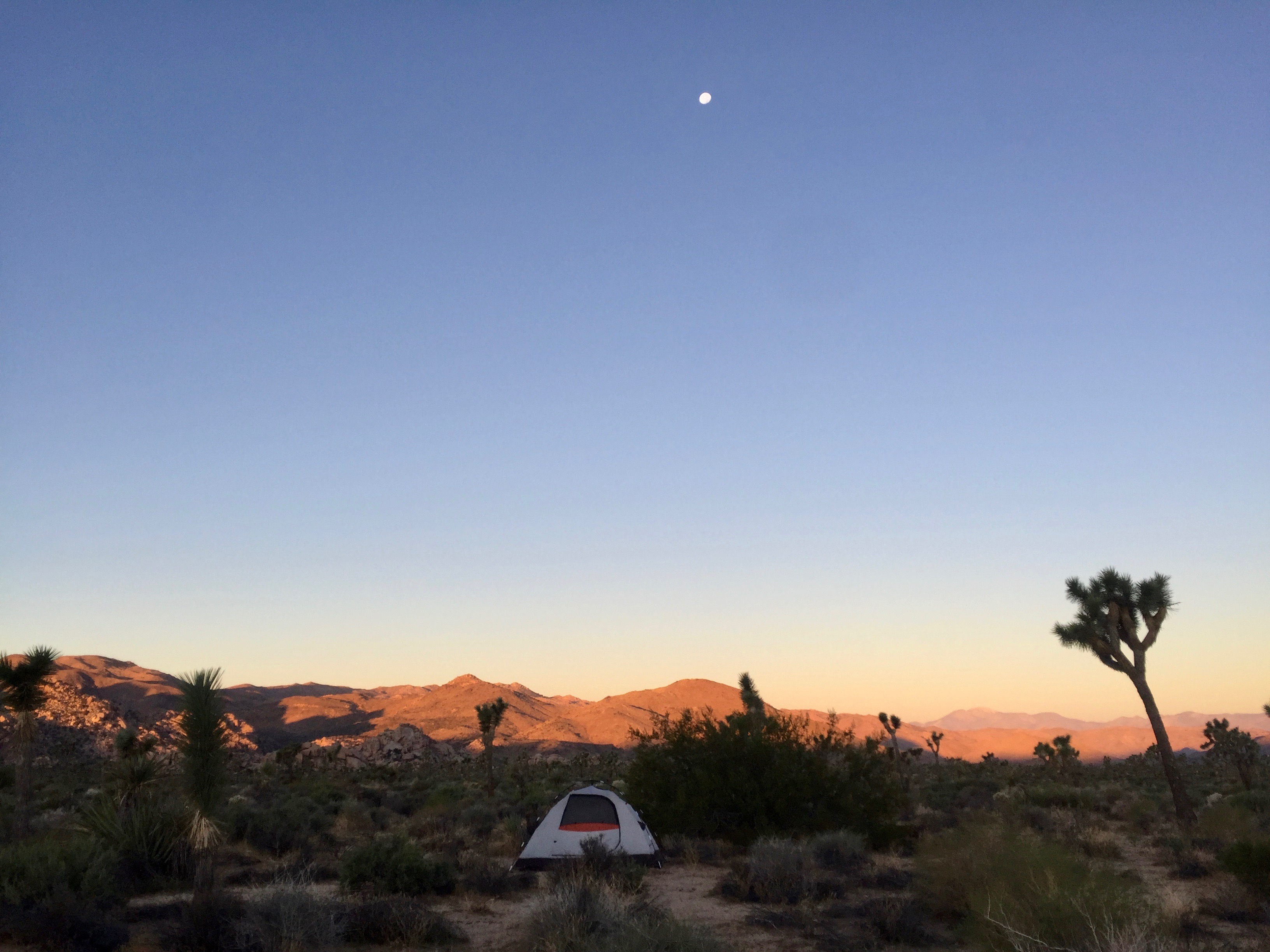
For a bit of perspective, Congressman Jared Polis says, “For the price of Trump’s proposed border wall ($20 billion), we could make all the national parks free for everyone. And take care of all [its] deferred maintenance.”
But seeing as the Trump Administration’s track record continues to link degrading environmental policies one after another, the National Park Service (NPS) can’t hedge its bets on a $20 billion bonus. In fact, at the end of October, the federal government voted to cut 10.4 percent off the NPS’s 2018 budget. This leaves the NPS high and dry, considering the backlog of maintenance needed in national parks currently adds up to about $11 billion, while the annual budget has now shriveled to $2.6 billion.
As clear as it is that federal funding and advocacy is waning, the upward surge of public interest tells another side of the story. More people than ever are enjoying national parks, monuments, recreation areas and memorials across the country. And why wouldn’t we? We own these lands, after all.
Last year, the fourth most visited park, Rocky Mountain National Park (RMNP), welcomed a record 4.5 million visitors into its protected arena. According to Kyle Patterson, RMNP’s spokesperson, “Our visitation has increased 40 percent in the past four years,” but “our base budget” — the amount appropriated from Congress — “has remained flat for the past 10 years.”

Theresa Pierno, president and CEO of the National Parks Conservation Association, the leading voice in safeguarding national parks, recently wrote, “This budget undermines our national parks to an alarming degree. … It shortchanges the need for better maintenance and repair of parks, and cuts more than a thousand rangers out of our parks. … This is not the legacy we should leave behind for our children and grandchildren.”
In response to the budget cut, the near-constant influx of visitors (2016 was the third year in a row to set a NPS visitation record) and persistent infrastructure issues, the NPS has proposed restructuring its entrance fees, increasing the amount visitors will have to pay during peak season to access 17 highly visited national parks, including RMNP.
If this proposal passes as the next link in the Trump administration’s chain of policies, visitors will pay $70 per private, non-commercial vehicle, $50 per motorcycle and $30 per person without a car just to set foot in certain national parks. The annual “America the Beautiful” pass, which provides free entrance to all parks for a year, will remain $80.
The new fee structure would affect Acadia, Arches, Bryce Canyon, Canyonlands, Denali, Glacier, Grand Canyon, Grand Teton, Joshua Tree, Mount Rainier, Olympic, Sequoia and Kings Canyon, Shenandoah, Yellowstone, Yosemite and Zion national parks. According to the NPS, this would “generate badly needed revenue for improvements to the aging infrastructure of national parks. This includes roads, bridges, campgrounds, waterlines, bathrooms and other visitor services.”
U.S. Secretary of the Interior Ryan Zinke, calling the budget cuts “balanced,” sees the proposal as an essential move toward the future of U.S. public lands: “Targeted fee increases … will help ensure that [the parks] are protected and preserved in perpetuity and that visitors enjoy a world-class experience that mirrors the amazing destinations they are visiting. … We need to have the vision to look at the future of our parks and take action in order to ensure that our grandkids’ grandkids will have the same if not better experience than we have today. Shoring up our parks’ aging infrastructure will do that.”

But Congressman Polis, whose jurisdiction includes Estes Park and RMNP, sees the proposal a bit differently. “This is a direct attempt to cut people off from our public lands,” he says.
His skepticism rises, in part, from the numbers: the potential revenue increase via the proposal is estimated at $70 million (a 34-percent increase over the $200 million entrance fees collected in 2016), according to the NPS. When considering the federal government is planning to cut many more millions from next year’s budget, it’s hard to see how adding $70 million will make more than a minimal dent in the $11 billion receipt that shoring up aging infrastructure would yield.
“30 dollars to 70 is an enormous increase,” says Polis. “It puts [visiting one of those national parks] out of the price range for a day of fun for families working with $12-15 per hour wages.” Last week he told CBS, “funding [for public lands] should fall on Congress, not families. … We all want access to our public lands. This is Colorado for heaven’s sake.”
Laurie Tewksbury, chief operating officer of the Outdoor Women’s Alliance, is also wary of how increased entrance fees might disproportionately affect visitors, both current outdoor enthusiasts and those of the future. “With so many people using the parks now and how busy they are, it makes sense that they need the money to maintain [the parks] for future users and to keep it sustainable for more people to enjoy longer,” she says.
But in adding more weight to the financial burden on visitors, “We’re [going to be] limiting who has access,” Tewksbury says. “There are long term effects that we might not be able to see today about who will ultimately be able to enjoy the parks.”

The Outdoor Women’s Alliance’s goal “is to get more people outside who don’t already spend time outdoors,” she says. “It’s very clear this is going to impact specific communities greatly.”
Then she adds, “It’s seems very clear that [this proposal] is not the exact right solution. But what is the right solution?”
Polis has a potential answer: “It’s simple: don’t cut funding.”
Tewksbury also recommends limiting the number of users in the parks using some sort of permit system, “like the Grand Canyon where you try every year to raft there,” as an example for a way to implement a more fair system for population control and mitigating future overuse.
“Or, I’m curious to think if there’s a way — it’d be a feat — to give back by helping maintain the parks rather than increasing fees. This could be more give-back days [where visitors might contribute to maintenance or sustainability initiatives] instead of increasing fees…
“Clearly we have a challenge on hand.”
The National Park Service is taking public comment on the proposed fee structure proposal through Nov. 23.
The public can comment online at http://tinyurl.com/PDN-parkfeehike or by mailing written comments to National Park Service, Recreation Fee Program, 1849 C St. NW, Mail Stop: 2346, Washington, DC 20240.














